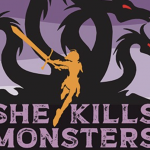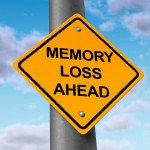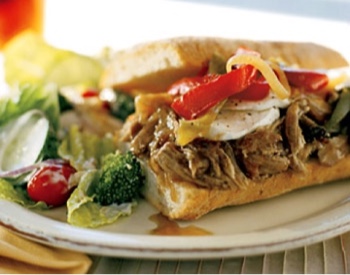How To Read Food Labels
 Although food labels have been around forever, it seems many people still ignore them completely. Along with the fact that reading a food label can sometimes seem like reading a foreign language when it comes to additives. The FDA continues to change the food label requirements (for the better) often requiring food companies and now restaurants and other food businesses to practice transparency with their food products.
Although food labels have been around forever, it seems many people still ignore them completely. Along with the fact that reading a food label can sometimes seem like reading a foreign language when it comes to additives. The FDA continues to change the food label requirements (for the better) often requiring food companies and now restaurants and other food businesses to practice transparency with their food products.
When looking at a food label – focus on these 4-5 tips to make it simple and efficient even while food shopping with a cartful of kids.
1. Serving Size and Calories- This is based on a daily caloric intake of 2000-2500 cal/day. If you SHOULD consume less than this amount of daily calories (or More) you will have to keep this in mind when reading all food labels. It’s a good habit to know your portion to compare to the package serving size as this will immediately let you know if you are taking in excess cals. A serving size of > 400 cal is HIGH.
2. Sugar/Fats/ Salt- Remember, processed sugar is highly addictive and can lead to food cravings and addictions. Other than naturally occurring sugars like fructose or lactose, you will want to limit the amount of added sugar in your food products. Certain fats ARE good for us but in moderation. You want to avoid all trans fats and saturated fats. Limit cholesterol consumption. We only need about a teaspoon of salt/day (2400 mg) and we tend to get that naturally in the foods we eat. If you generally ADD extra salt to your meals this may already be too much, so buy products with limited sodium.
3. Vitamins/Minerals/Fibers – The higher these Daily Values (%DV) number, the better (<5% is considered LOW). If you’re trying to choose between two brands, the one with higher numbers is better.
4. First 4-5 ingredients – Every food product lists its ingredients from highest concentration/amount to least. If things like sugar, salt, trans fats etc are in the top 3, you may want to avoid these products.
5. Optional: Allergens – These are conveniently listed at the very bottom of the ingredient list in bold (such as MILK, GLUTEN, NUTS etc)
For a more detailed (and reader friendly illustration) Food Labels breakdown click here.



















